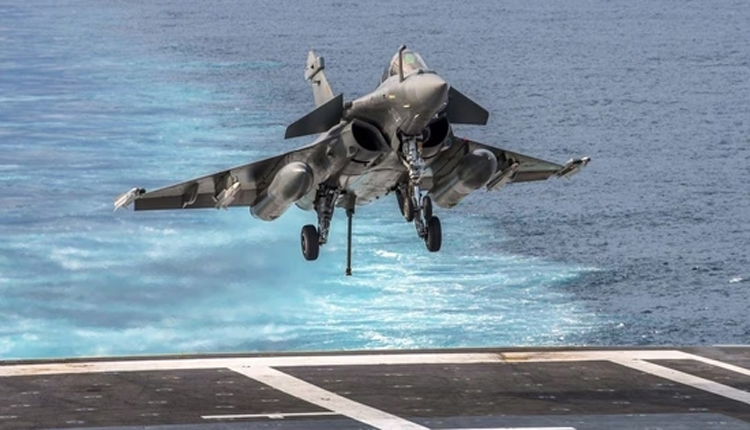New Delhi: As part of its efforts to enhance India’s defence capabilities, the union government plans on approving the purchase of 26 Rafale Maritime Strike Fighter jets by the end of this month – at an estimated cost of $7.6 billion – as part of its plan to modernise India’s defence sector, having pledged over Rs 2 lakh crore towards equipment purchases during the 2024-25 financial year.
Rafale Marine jets have been widely lauded as far superior to China’s F-16 and J-20 fighter jets, giving India a distinct strategic edge. These advanced fighter jets will be deployed on India’s two aircraft carriers for deployment, with their deployment expected to deter enemy attacks against India as well as send a strong message about military readiness.
India’s Cabinet Committee on Security (CCS) will receive this deal for approval later this month. In addition to purchasing fighter jets, India is also set to approve three diesel-electric submarines that will bolster India’s defences in the Indian Ocean Region (IOR).
Specifically designed to operate with exceptional capabilities on the high seas, the Rafale Marine is an upgraded version of the Rafale aircraft. Weighing approximately 10,300 kilograms and capable of reaching altitudes of 18 km in just 1 minute, the jet can carry advanced radar systems for submarine detection as well as anti-ship missiles to attack ships, along with Meteor, Scalp, and Hammer missiles at speeds reaching Mach 2. Additionally, its stealth technology ensures it can easily evade enemy radar systems and remain undetected by opponents.
The Ministry of Defence has been signing numerous defence contracts, with 193 agreements worth Rs209,059.85 crore signed during fiscal year 2024-2025 alone and another 192 agreements valued at Rs104,855.92 crore signed during 2023-2024. Since Narendra Modi took office as Prime Minister in 2014, nearly Rs 10 lakh crore worth of contracts have been inked, representing an increase in defence procurement efforts nationwide.
As threats from neighbouring nations – most notably China – increase, as well as infrastructure development along the 3,488 km-long Line of Actual Control (LAC), India has taken steps to shore up its military capabilities under Prime Minister Narendra Modi. The Atmanirbhar Bharat (“Self-reliant India”) initiative has become the centrepiece of this strategy, seeking to make India self-reliant in defence technology and ensure national security against ever more pressing challenges.



Comments are closed.